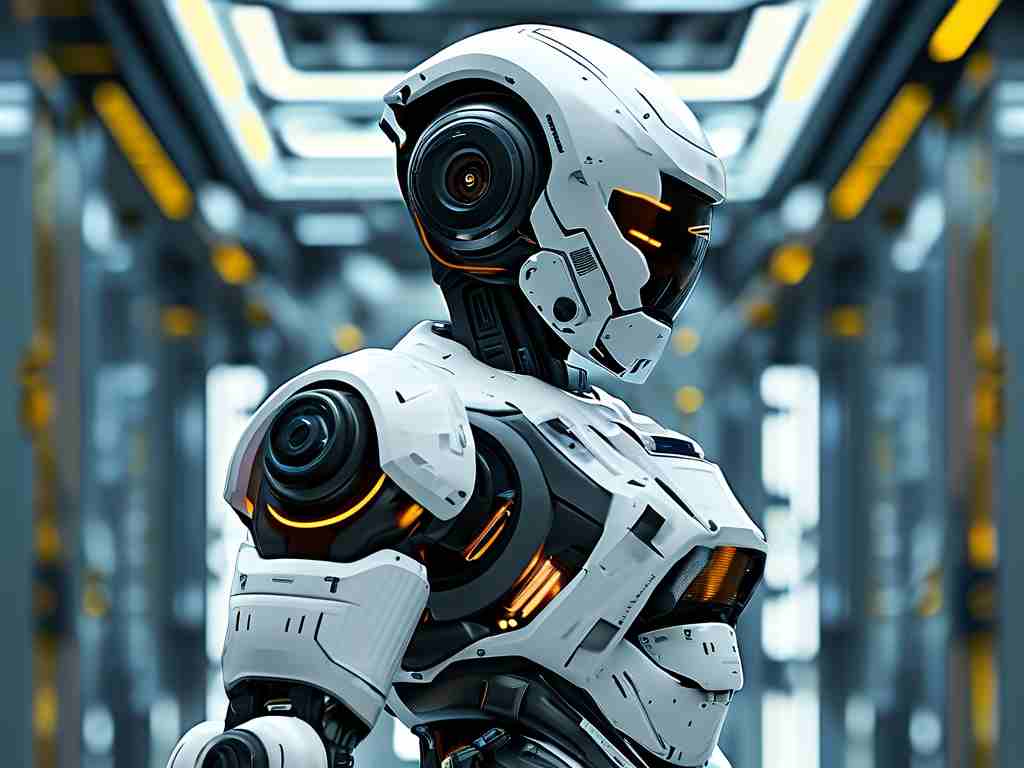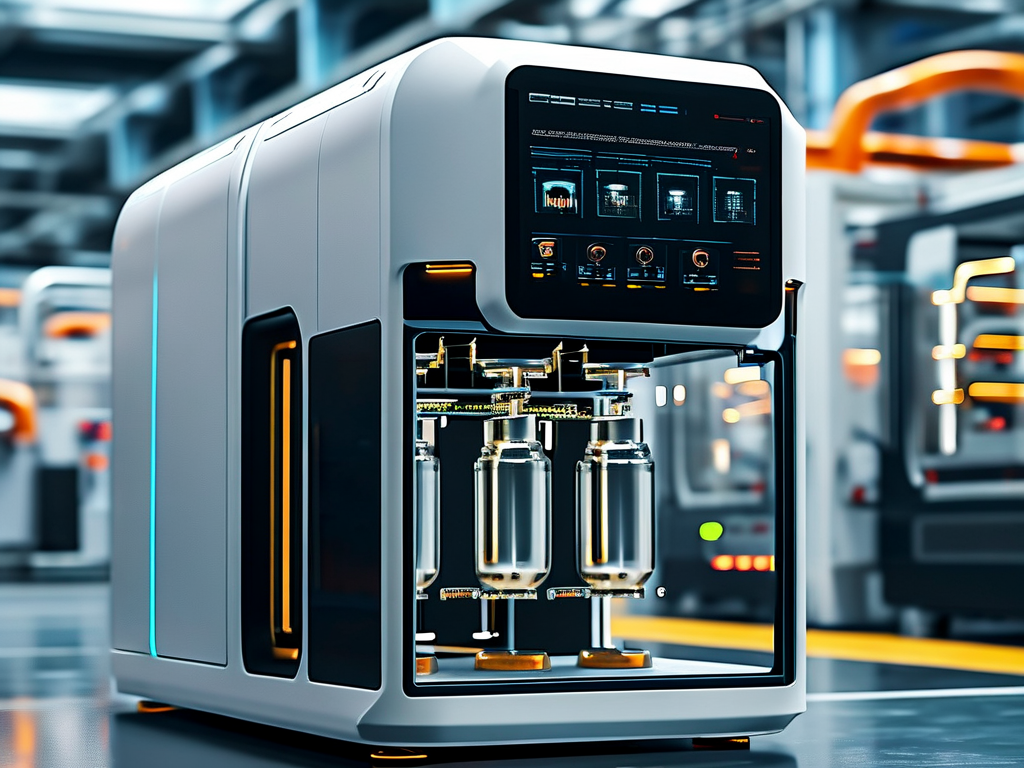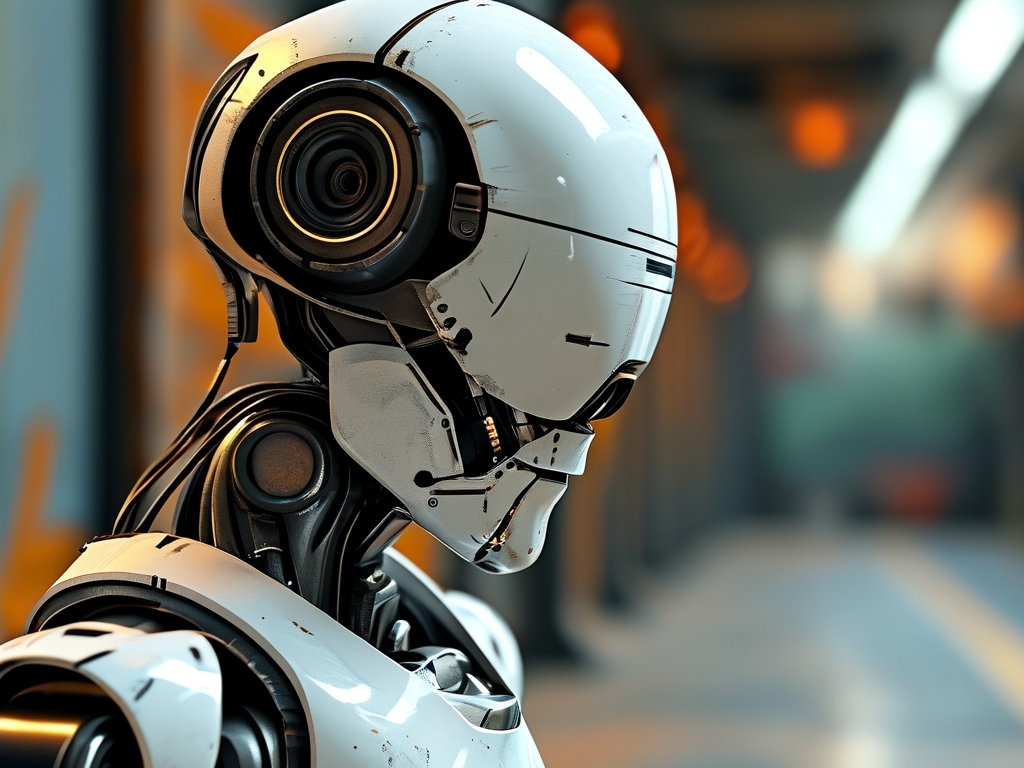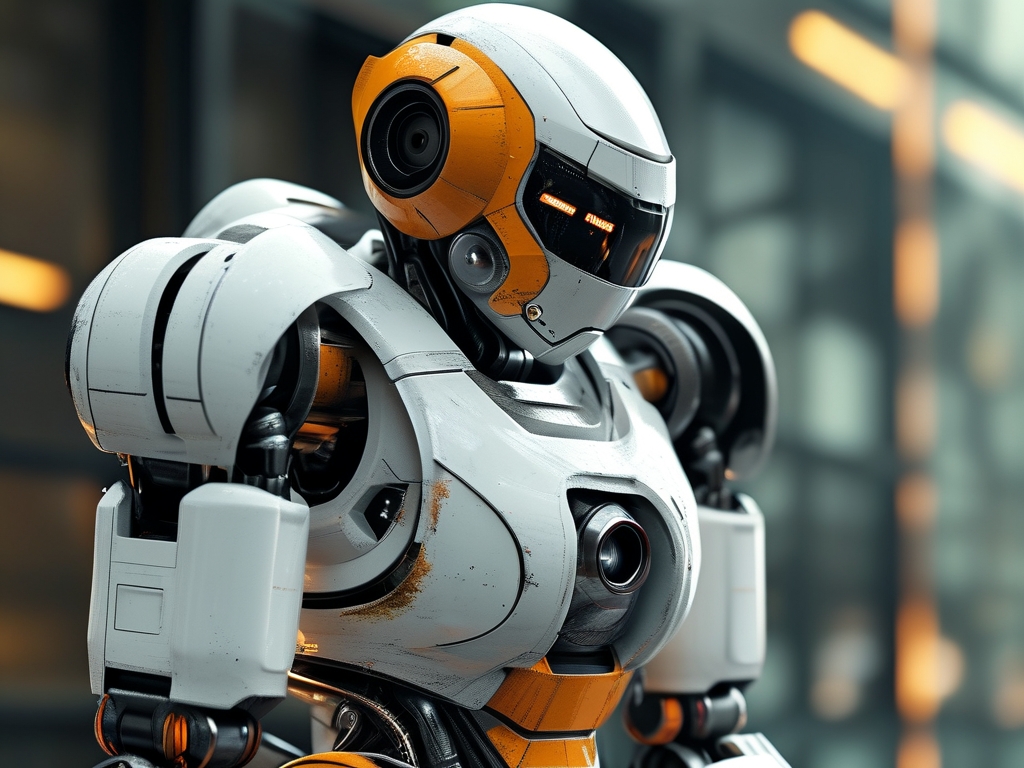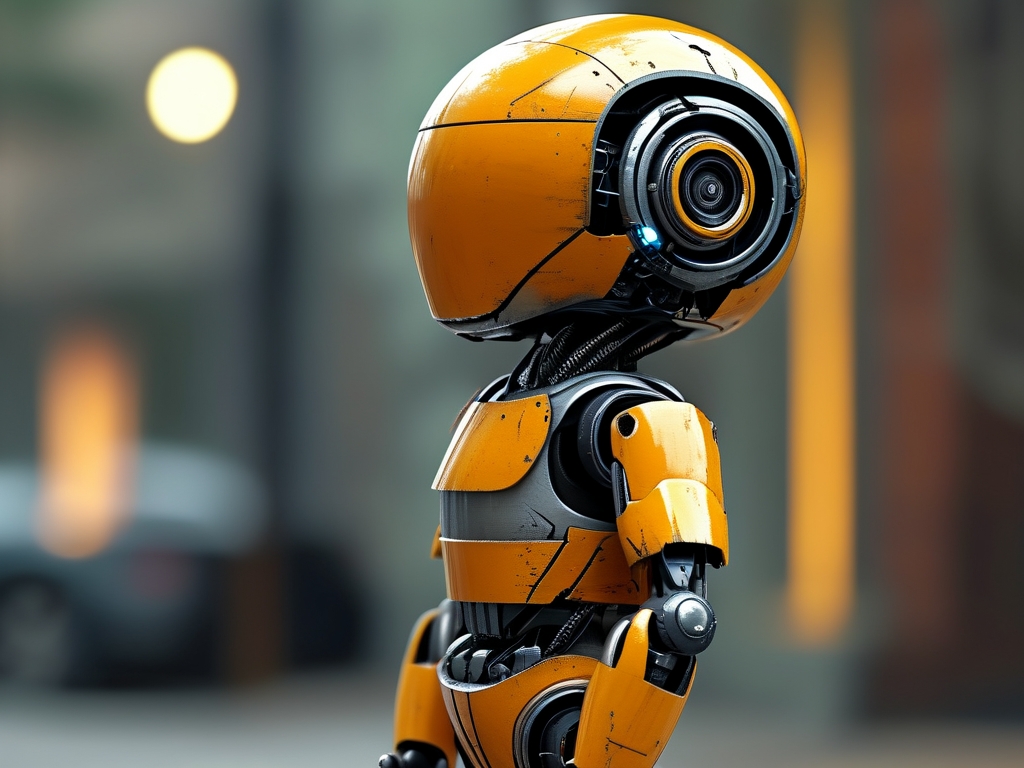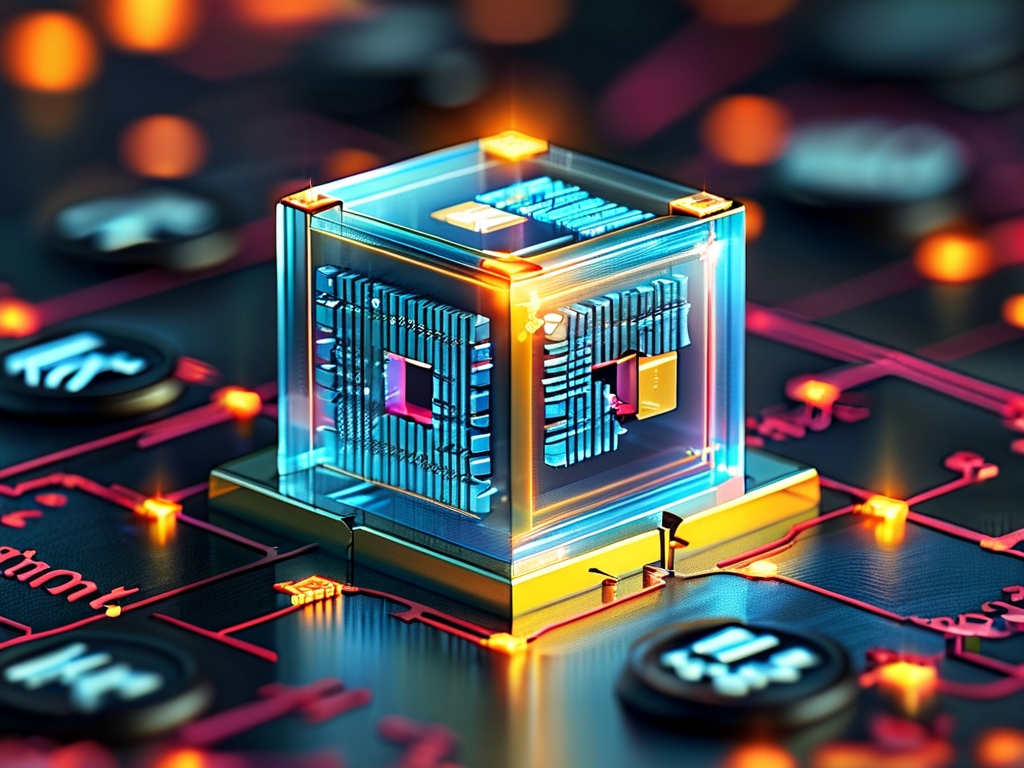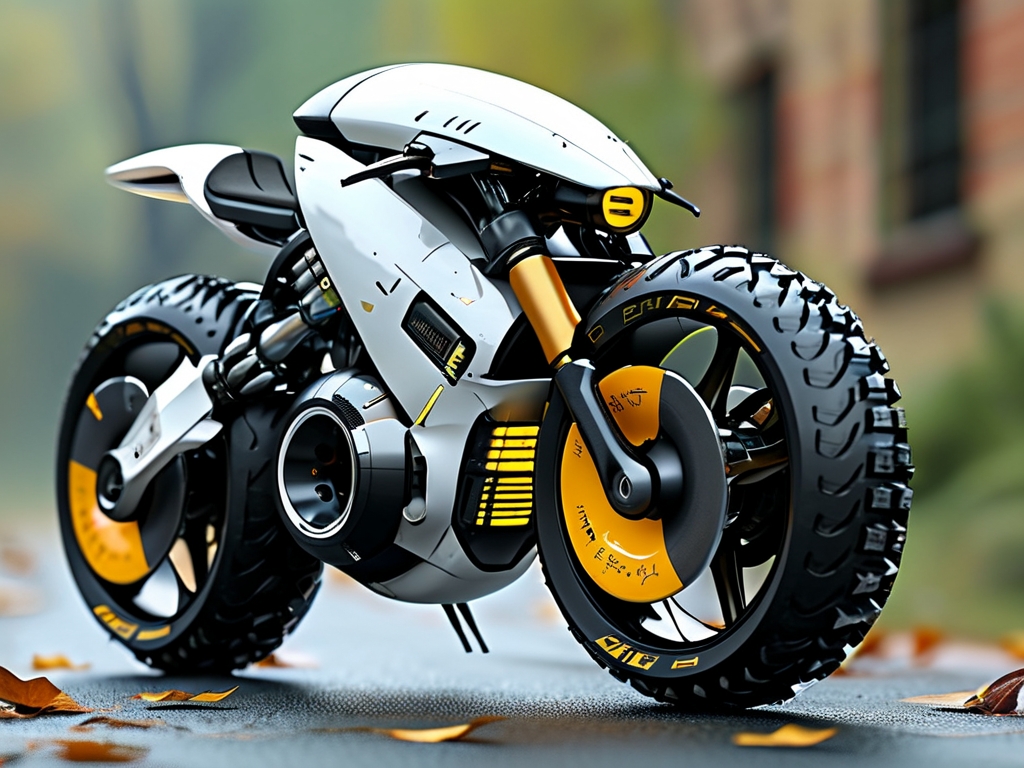The integration of artificial intelligence (AI) into robotics has ushered in a new era of technological innovation, redefining industries and reshaping human interactions with machines. From manufacturing floors to healthcare facilities, AI-controlled robots are demonstrating unprecedented precision, adaptability, and decision-making capabilities. This article explores the advancements, applications, and ethical considerations of AI-driven robotics, offering insights into its transformative potential.
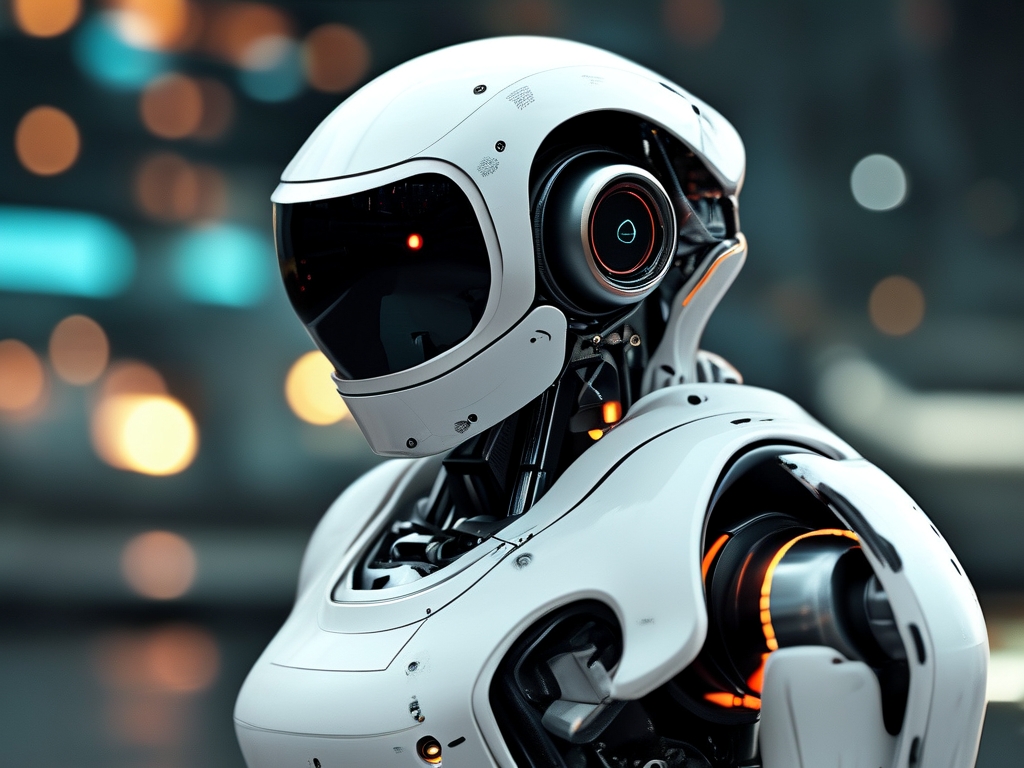
1. Technological Foundations of AI in Robotics
AI-powered robotics relies on three core technological pillars: machine learning algorithms, sensor fusion, and computational power. Modern robots employ reinforcement learning to optimize tasks through trial-and-error simulations, while neural networks enable pattern recognition in dynamic environments. For instance, Boston Dynamics' Spot robot uses deep learning to navigate uneven terrain, adapting its gait in real time.
Sensor technologies like LiDAR, infrared cameras, and tactile feedback systems provide robots with multimodal perception. These inputs are processed through edge computing platforms, allowing robots to make split-second decisions without relying on cloud infrastructure. NVIDIA’s Jetson series, for example, empowers industrial robots to perform real-time quality inspections on assembly lines.
2. Industry Applications and Case Studies
Manufacturing: AI-driven robots dominate automotive assembly, where companies like Tesla deploy collaborative robots (cobots) that work alongside humans. These cobots use computer vision to detect defects with 99.98% accuracy, reducing production errors by 40%.
Healthcare: Surgical robots like the da Vinci System leverage AI to minimize human tremor during operations, while exoskeletons assist patients with mobility impairments. During the COVID-19 pandemic, AI-enabled robots sterilized hospitals and delivered supplies, limiting exposure risks.
Agriculture: Startups like Iron Ox employ autonomous robots for precision farming. Machine learning algorithms analyze soil data to optimize irrigation, while robotic arms harvest crops with minimal waste. Such systems have increased crop yields by 25% in pilot projects.
Service Industry: SoftBank’s Pepper robot uses natural language processing (NLP) to interact with customers in retail and hospitality settings. Meanwhile, AI-powered delivery drones from companies like Zipline transport medical supplies to remote areas in Rwanda, saving thousands of lives annually.
3. Challenges and Ethical Dilemmas
Despite its promise, AI-controlled robotics faces significant hurdles. Technical limitations include energy efficiency—autonomous robots often require frequent recharging—and the “sim-to-real gap,” where AI models trained in simulations underperform in unpredictable real-world scenarios.
Ethical concerns loom larger. Job displacement remains a critical issue: the World Economic Forum estimates that 85 million jobs may be automated by 2025. While new roles in robot maintenance and AI ethics will emerge, reskilling workforces poses a socioeconomic challenge.
Privacy risks also escalate as robots equipped with cameras and microphones collect vast amounts of data. In 2022, a security breach at a warehouse in Germany exposed sensitive footage from surveillance robots, highlighting vulnerabilities in data governance.
Moreover, the militarization of AI robotics raises alarms. Autonomous drones capable of lethal force, such as Turkey’s Kargu-2, have already been deployed in conflicts, sparking debates about accountability under international law.
4. The Future of Human-Robot Collaboration
The next frontier lies in human-AI symbiosis. Researchers at MIT are developing “psychologically aware” robots that interpret human emotions through facial cues, enabling smoother teamwork in caregiving roles. Similarly, brain-computer interfaces (BCIs) may allow humans to control robots via neural signals, as demonstrated by Neuralink’s experiments.
Regulatory frameworks must evolve in tandem. The European Union’s proposed AI Act classifies robots by risk levels, mandating transparency in high-stakes sectors like healthcare. Meanwhile, Japan’s Society 5.0 initiative prioritizes robots as partners in addressing aging populations and labor shortages.
5.
AI-controlled robotics is not merely a technological leap but a societal transformation. While challenges persist, the fusion of AI and robotics holds immense potential to enhance productivity, solve global crises, and improve quality of life. As we stand at this crossroads, interdisciplinary collaboration among engineers, policymakers, and ethicists will determine whether humanity harnesses this power responsibly—or cedes control to the machines we create.


